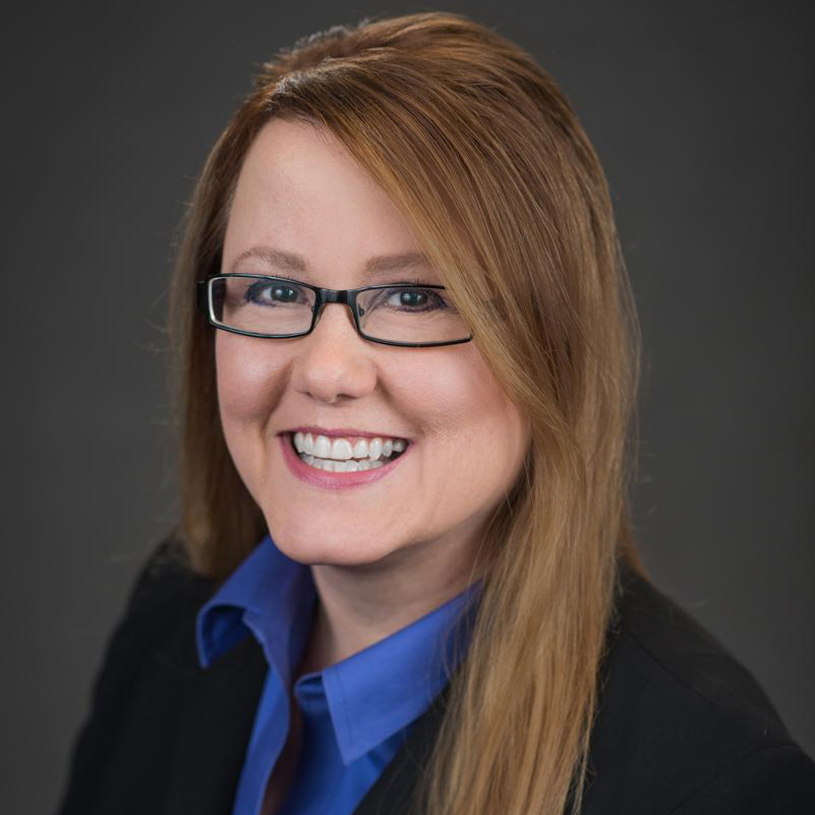
“No one wants to live in a nursing home.”
Two speakers shared that sentiment, which anyone in the long-term care profession has heard too many times to count, when the journal Health Affairs convened a panel April 24 to discuss the National Investment Center for Seniors Housing & Care-funded study sizing up the middle market need for independent living, assisted living and memory care communities.
The study projected that at least 54% of the 14.4 million middle-income older adults in 2029 in the United States will lack the financial resources to pay for senior housing and care. Researchers suggested private and public efforts that could help meet the challenge.
But even if people could afford to live in a senior living community, would they want to?
“How can we be more precise about what the characteristics are that lead people to want or not want a certain setting as they’re aging?” moderator and Health Affairs Editor-in-Chief Alan Weil asked four panelists, including two authors of the study.
Is there a danger that the sentiment about nursing homes — fair or not — could grow to be, “Well, now no one wants to live in assisted living” or “Well, now no one wants to live in congregate housing,” he wondered. “And then we’ve created options that don’t actually solve the problem,” Weil said.
Panelists’ answers provide food for thought to help senior living operators work to appeal to older adults now and in the future.
Engagement, autonomy and socialization were three desirable attributes mentioned by David Grabowski, Ph.D., an author of the study and a professor of healthcare policy in the Department of Health Care Policy at Harvard Medical School.
“It’s really your home versus living in an institution,” he said. “Trying to think about, do we meet a lot of this? Would you want to live here? Would you want to work here? That’s what I would focus on, whether it’s a nursing home, assisted living or living in my own home.”
The ability to prevent or slow the progression of health decline was the characteristic noted by study author Caroline F. Pearson, a senior vice president at NORC at the University of Chicago in Illinois.
“Implicit in not wanting to be in a nursing home is the associated assumptions about what your health status is at that point. Those are folks who have really high medical needs, limited mobility, etc.,” she said. “And so I think the question is, to what extent do other housing options, before people reach the level of needing nursing home care, help prevent that progression or slow that progression?”
Grab bars designed to prevent falls are a “classic” example of helpful features, she said.
“But if we don’t have people’s either original homes or new homes — assisted living or whatever else — equipped in such a way to really care for them as their health slowly deteriorates, we may see a rapid deterioration,” she said.
A sense of community may be a benefit of senior living, said panelist Jennifer H. Molinsky, Ph.D., a senior research associate in the Joint Center for Housing Studies of Harvard University. She added that, as a researcher, she’d like to see more studies in the area of why people choose to remain at home versus move to a communal setting.
“I do think that one thing that is the draw to some of seniors housing is the community aspect,” she said. “We know loneliness is a significant health risk and a severe issue for older people, so thinking about the community aspects of some of these places, I think, is important.”
Dignity was the key word for panelist John W. Rowe, M.D., a health policy and management professor at Columbia University, who said he based his comment on his years of caring for patients.
“People don’t want to live in a place which has an implicit loss of dignity, whether that’s associated with the number of staff or the kind of training or the equipment or whatever,” he said.
Resident engagement, autonomy and socialization; the ability to prevent or slow the progression of health decline; a sense of community for residents; and the preservation of dignity are some of the reasons that senior living was created decades ago as an alternative to nursing homes. Is it time for a checkup on how senior living is meeting those goals?
As the study in Health Affairs makes clear, the industry can play an important part in finding ways to serve the growing population of middle-income seniors that is on the horizon. But it’s not enough to be able to meet their needs, or even their wants. The industry also must educate them that senior living communities can do so. And make sure they know what senior living is. And what it isn’t.
Operators who are successful in that endeavor should have plenty of potential customers.

